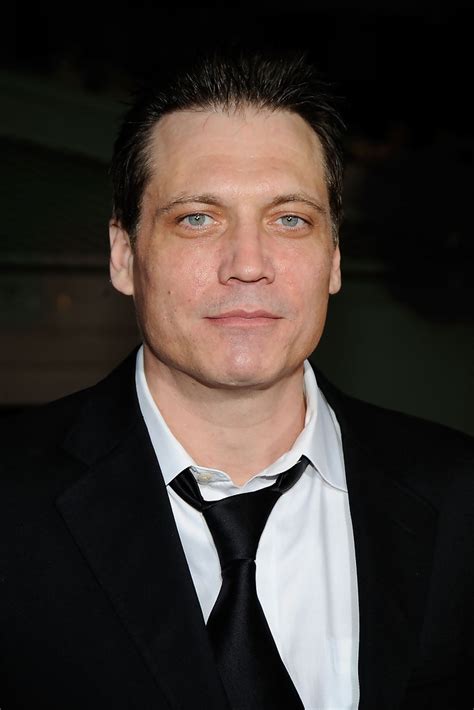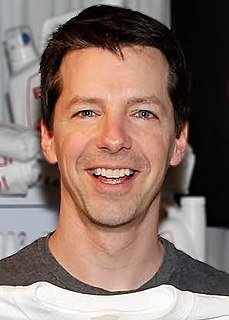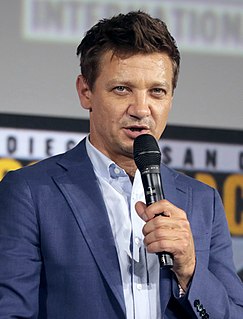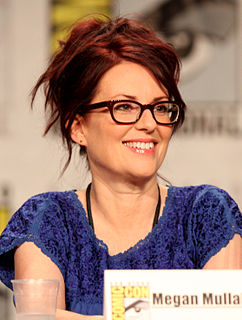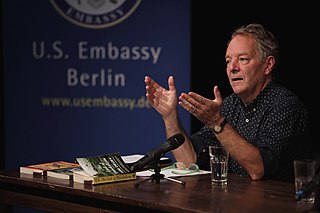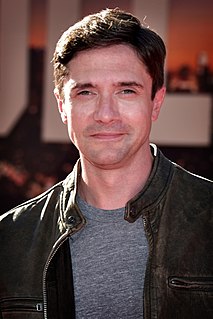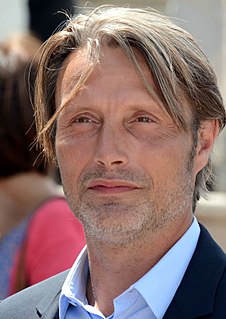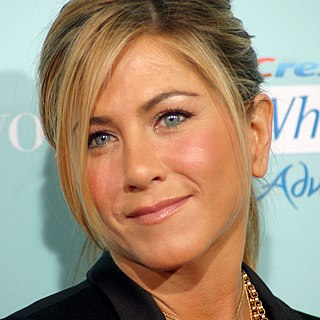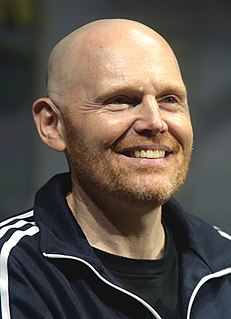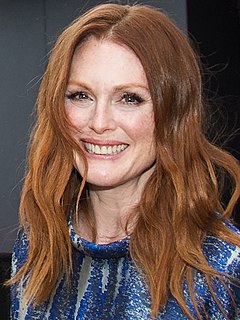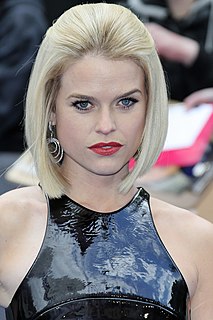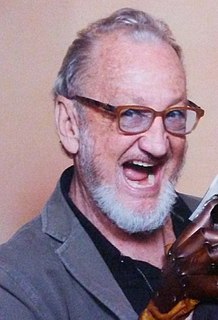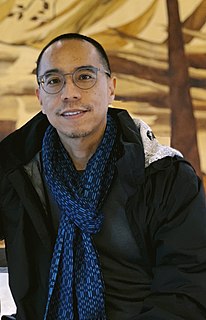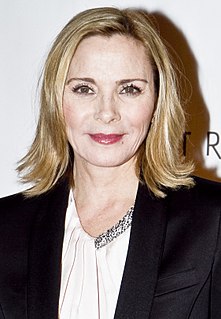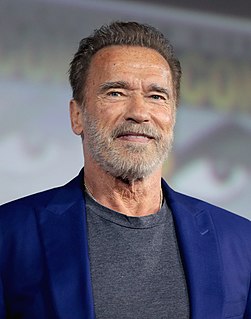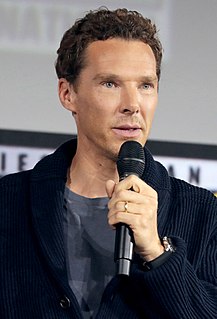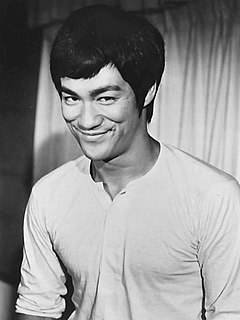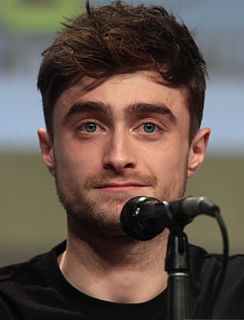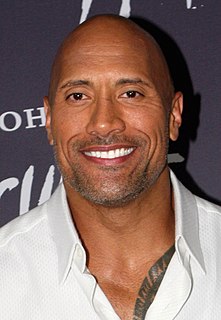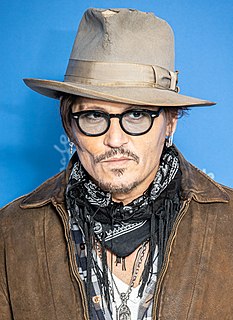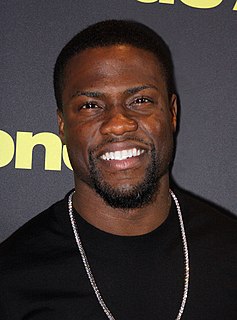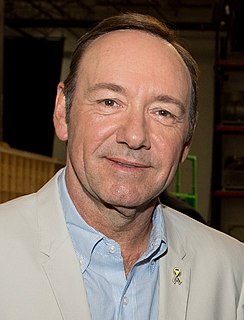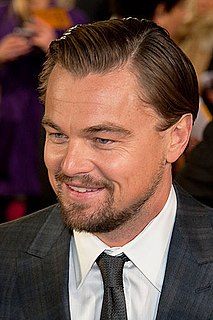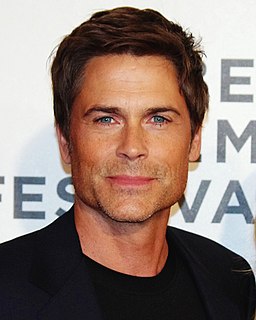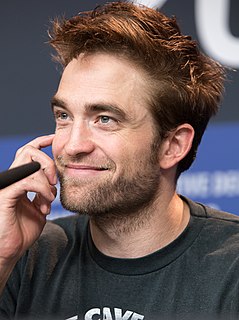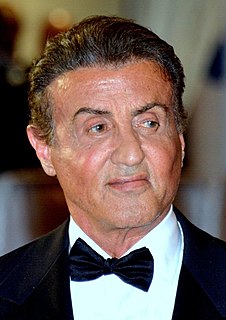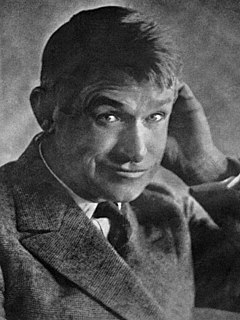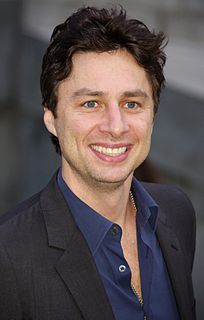A Quote by Holt McCallany
You have to really think about what kind of guy the character is and decide on a style that works, that complements my physicality and that's going to be believable, but also be compelling for the audience and for the camera.
Related Quotes
The great thing about a sitcom is that you're in front of a live audience, so you really get in touch with what audience reaction is, but also there are lots of elements of film that you're dealing with, and there's kind of a great boot camp or graduate school mentality to it, because you're going to suck.
Venom' is a standalone character who has so much attitude, menace and ferocity. He's also really funny in the comics and in our movie. He's a really compelling guy that can completely stand on his own. When he's played by Tom Hardy, and Eddie Brock is his partner, that relationship is enough for one movie.
I'll never forget my high school acting teacher, Anthony Abeson, who said, "It starts with the shoes." When I think about a character, it does start with the shoes: What kind would she wear? How would she walk in them? If I'm going to put on a dress for a role - I don't care if it's the hardest dress to put on - I have to put the shoes on first. The physicality leads me to the character.
You're in a movie, so you have to think about how something plays. It's not like you're thinking about how an audience is going to react. You're trying to present the story. You're trying to illuminate the lives of these people in the story. So I'm thinking about how my behavior as this character best illuminates what's going on with them in this moment in time. I always say it's sort of the director's job. People think that the directors direct actors. No. Really, what the director's doing is directing the audience's eye through the film.
In film, the camera can get an array of shots so the audience can see the emotion the character is giving off. Using close-ups on the character's face really helps get the message across. On stage, you can't do that. But the stage has that live feeling that you can't get anywhere else because the audience is right there.
When you see Robert Englund in a movie, you think he is the bad guy, but if I'm not the bad guy, and I'm supposed to just kind of fool the audience, it makes it a lot easier for whichever actor is the bad guy. So I find myself doing a lot of those, I think they're called red herring characters, faking out the audience.
More than my other films, Uncle Boonmee is very much about cinema, that's also why it's personal. If you care to look, each reel of the film has a different style - acting style, lighting style, or cinematic references - but most of them reflect movies. I think that when you make a film about recollection and death, you have to consider that cinema is also dying - at least this kind of old cinema that nobody makes anymore.
You have to do three things really well to make a successful film. You have to tell a compelling story that has a story that is unpredictable, that keeps people on the edge of their seat where they can't wait to see what happens next. You then populate that story with really memorable and appealing characters. And then, you put that story and those characters in a believable world, not realistic but believable for the story that you're telling.
